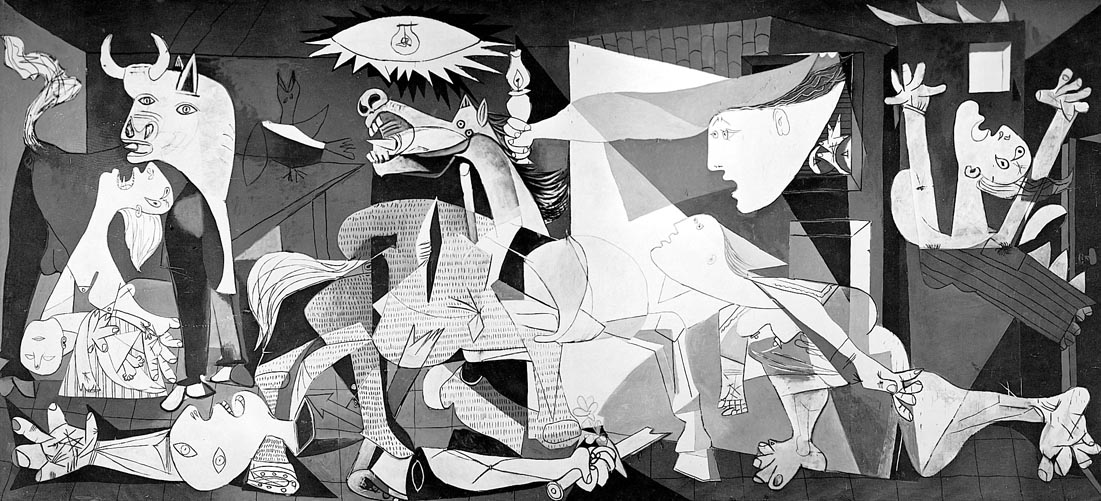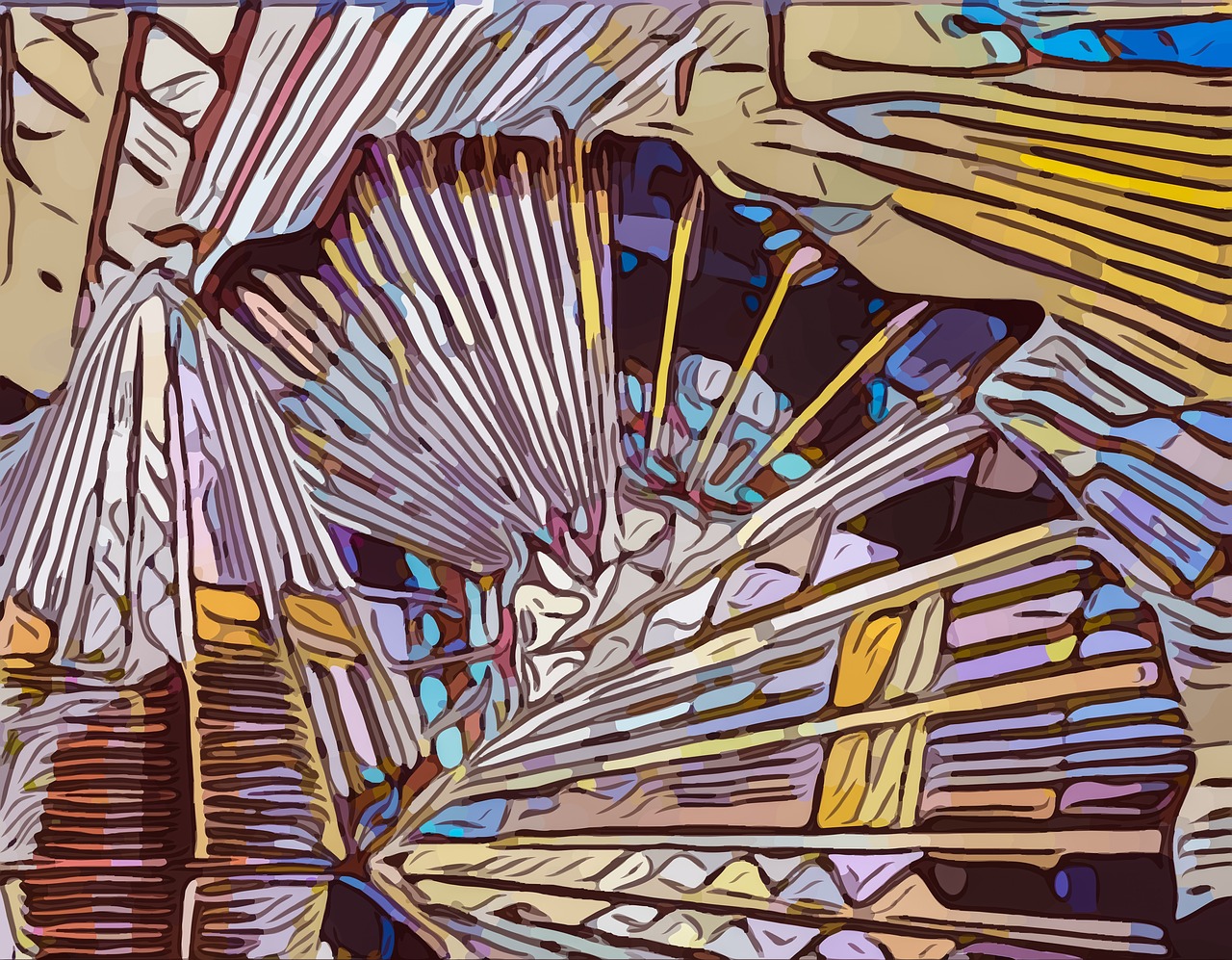In this lesson from T&W teaching artist Olaya Barr, students learn how an unconventional form can serve as a creative constraint for a story. Barr taught this lesson at PS 122, the Mamie Fay School, in Queens, alongside T&W education associate and New York University graduate student India Gonzalez. This exercise challenges students to integrate the craft elements of storytelling into a shape they may not have encountered. Exploring unconventional form will ease the class into the concept of form in regards to poetry.
Lesson Overview
Grade: 6th
Genre: Poetry
Download: Exploring Unconventional Form
Common Core State Standards:
- ELA-LITERACY.CCRA.R.1- Read closely to determine what the text says explicitly and to make logical inferences from it; cite specific textual evidence when writing or speaking to support conclusions drawn from the text.
- ELA-LITERACY.CCRA.R.7-Integrate and evaluate content presented in diverse media and formats, including visually and quantitatively, as well as in words.
- ELA-LITERACY.W.6.3.B- Use narrative techniques, such as dialogue, pacing, and description to develop experiences, events, and/or characters.
- ELA-LITERACY.W.6.3.D- Use precise words and phrases, relevant descriptive details, and sensory language to convey experiences and events.
Lesson Objectives:
Students will:
- Choose to write in a narrative form that reads unlike traditional prose, and use accurate language and grammar to match their form.
- Choose an unconventional form that complements the content of the story.
- Create a logical story that includes character(s), a setting, and a semblance of a plot.
Guiding Questions:
- How can form alter the content of a story?
- What forms complement what types of stories?
- How can day-to-day objects and encounters elicit stories?
LESSON
Warm-Up (7 minutes):
Students warm up by free-writing a response de Picasso’s “Guernica.” Ask:
- What is going on in the image?
- Why did the artist limit himself to black and white?
- What feeling do the shapes and abstraction inspire that you wouldn’t necessarily feel if the work were painted in a realistic manner?
Introduction to Form (8 minutes):
Like visual artists, writers choose specific forms to complement the content of their stories and poems. In the “Guernica” painting, Picasso chose overlapping shapes and stark contrasts to amplify the fear and confusion taking place in the image.
In writing, think of content as the what: What happens in the story? What is the climax? Who are the characters? What is the setting? And think of form as the how: How do the words look on the page? Are they in stanzas or paragraphs? Who is telling the story and in what tone? Is it told in first person or third person?
Writers often use a specific, established structure as a playful method to encourage imagination. It can push you in new directions if you don’t think of it as an intimidating restriction that you have to stick to!
Mentor Text and Discussion (15 minutes):
Read aloud Lisa Rubenson’s “Sorry for Your Loss” (voicemail series), or read it once and ask one or two students to read it aloud again. Then discuss:
- How do we know this story is told in voicemails?
- Why did the writer choose this form as opposed to a first-person narrative, or a series of text messages?
- What does the form of voicemails allow the writer to demonstrate about Christine’s relationship with Nick? How does each new voicemail teach us something about the characters?
- How does punctuation work to emphasize Christine’s voice?
Ask students to discuss whether the form benefitted the content and what details in the text made the story feel believable.
Writing (15 minutes):
Students choose an unconventional form to use as a constraint for writing a short story (i.e. receipt, voicemail, text messages, grocery list, menu, Craigslist advertisement, court transcript, etc.).
Tell students: Remember that your choice of form, ideally, has to complement the content (and be logical!). Can you create a character portrait through the items listed in a Craigslist advertisement? Can you reveal a crime through a grocery list? Remember that the story, though written in an experimental form, still needs to be intriguing and believable. An audience needs characters to sympathize with, memorable details, and a conflict to motivate further reading.
Closing (5 minutes):
Three students read aloud their work, and explain their choice of form. Peers give a thoughtful response, avoiding the words “I like.”
Materials:
Lisa Rubenson’s “Sorry for Your Loss”
Pablo Picasso’s Guernica
Multi-Modal Approaches to Learning:
Activity benefits both visual and verbal learners. Those interested in the visual impression of text can experiment with how words appears on a page; those who are verbal learners can focus on the vocabulary and language associated with specific forms of text.



